Hospitals are the backbone of healthcare, providing critical services to communities worldwide. However, they face an array of challenges that threaten their ability to deliver high-quality care efficiently. From workforce shortages to financial pressures, hospitals must navigate a rapidly evolving landscape. Here are some of the biggest challenges hospitals face today and potential strategies for overcoming them.
1. Healthcare Workforce Shortages
One of the most pressing issues in hospitals is the shortage of qualified healthcare professionals. The demand for doctors, nurses, and other medical staff continues to outpace supply, leading to burnout and increased patient wait times. This problem has been exacerbated by the COVID-19 pandemic, which placed unprecedented strain on healthcare workers. According to a report from Forbes, resignations among healthcare professionals surged from approximately 400,000 per month in 2020 to 600,000 per month by May 2023. Read more.
Potential Solutions:
- Investing in recruitment and retention strategies, including competitive salaries and benefits
- Expanding training programs and offering incentives for students to enter healthcare professions
- Leveraging automation and AI-powered solutions to reduce administrative burdens
2. Financial Pressures and Reimbursement Issues
Many hospitals operate on tight budgets and face challenges related to declining reimbursements from insurance companies and government programs like Medicare and Medicaid. Rising operational costs, combined with unpaid patient bills, create financial strain. In 2023, national healthcare spending in the U.S. increased by 7.5% to a total of $4.867 trillion, or $14,570 per person. This increase is largely due to higher demand for medical procedures and rising healthcare costs. Read more.
Potential Solutions:
- Improving revenue cycle management through automation and analytics
- Diversifying revenue streams by offering specialized services or outpatient care options
- Enhancing billing transparency and patient payment options to reduce unpaid debts
3. Regulatory Compliance and Changing Policies
Healthcare is a highly regulated industry, with hospitals required to adhere to numerous federal and state regulations. Compliance with laws such as HIPAA and evolving reimbursement models requires constant adaptation and resources. Recent proposals mandate stricter cybersecurity requirements under HIPAA, including multifactor authentication and regular audits. Read more.
Potential Solutions:
- Implementing advanced compliance software to monitor regulatory changes
- Conducting regular staff training to ensure compliance with new policies
- Engaging with policymakers to advocate for more streamlined regulations
4. Advancements in Technology and Cybersecurity Threats
While technological advancements improve patient care, they also introduce new challenges, particularly in cybersecurity. Hospitals store vast amounts of sensitive patient data, making them prime targets for cyberattacks. In 2024, there were 567 data security breaches exposing the health information of nearly 170 million people. Read more.
Potential Solutions:
- Investing in robust cybersecurity infrastructure and regular system audits
- Training staff on best practices for data security and phishing prevention
- Adopting AI-driven monitoring systems to detect and mitigate cyber threats
5. Patient Experience and Satisfaction
With increasing competition from retail clinics and telehealth services, hospitals must prioritize patient experience to maintain trust and engagement. Long wait times, billing confusion, and a lack of personalized care can negatively impact satisfaction scores. A study found that 41% of people avoided in-person medical care in the early months of the pandemic, underscoring the need for improved patient engagement. Read more.
Potential Solutions:
- Enhancing digital engagement through patient portals and telemedicine services
- Improving hospital workflows to reduce wait times and enhance efficiency
- Focusing on personalized, patient-centered care through better communication
6. Supply Chain Disruptions
Global supply chain disruptions have made it difficult for hospitals to access essential medical supplies, from personal protective equipment (PPE) to pharmaceuticals. Shortages can lead to delays in care and increased costs. The pandemic exposed vulnerabilities in the supply chain, prompting hospitals to reassess their procurement strategies. Read more.
Potential Solutions:
- Building relationships with multiple suppliers to diversify sourcing
- Utilizing predictive analytics to anticipate shortages and adjust procurement strategies
- Implementing just-in-time inventory management to reduce waste and optimize resources
Conclusion
Hospitals must continually adapt to overcome these challenges while maintaining their commitment to high-quality patient care. By investing in technology, workforce development, financial strategies, and patient-centered initiatives, hospitals can navigate these obstacles and build a more resilient healthcare system. As the industry evolves, those who embrace innovation and strategic planning will be best positioned to succeed in the ever-changing healthcare landscape.





